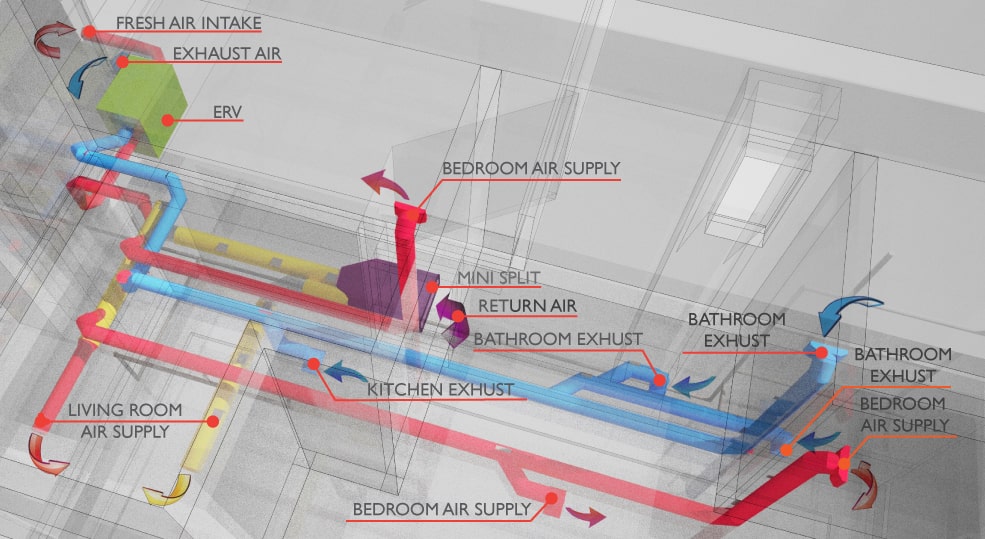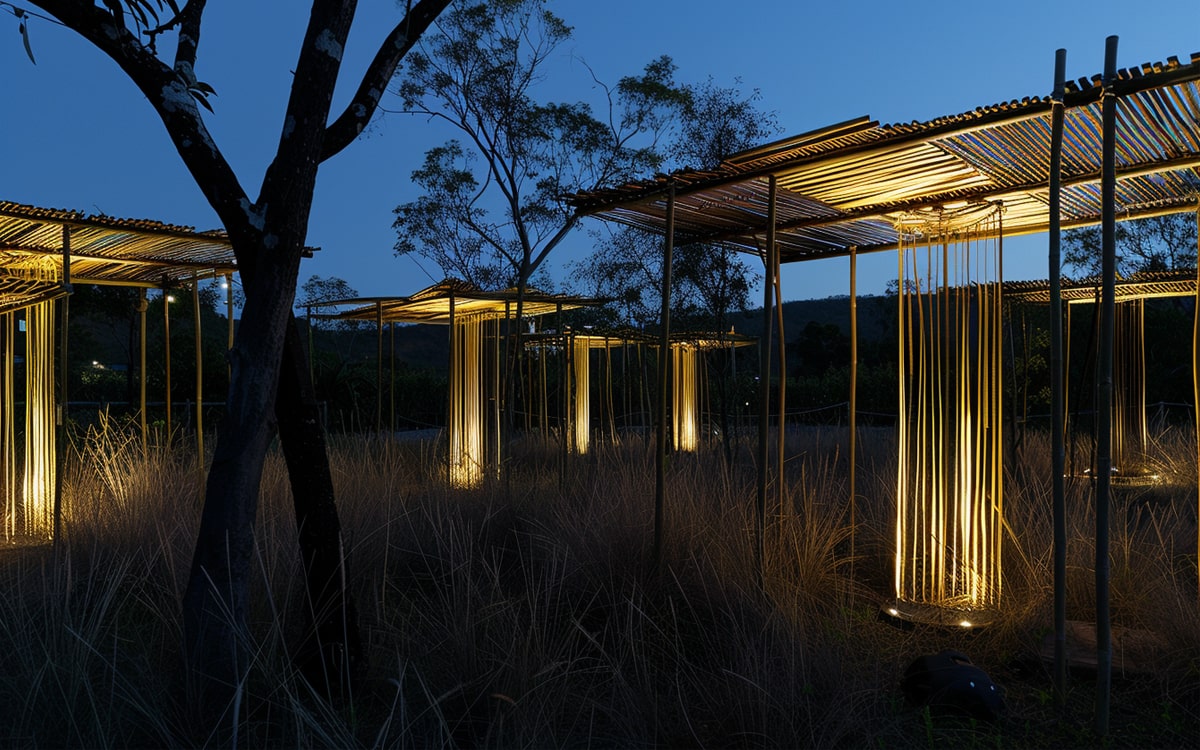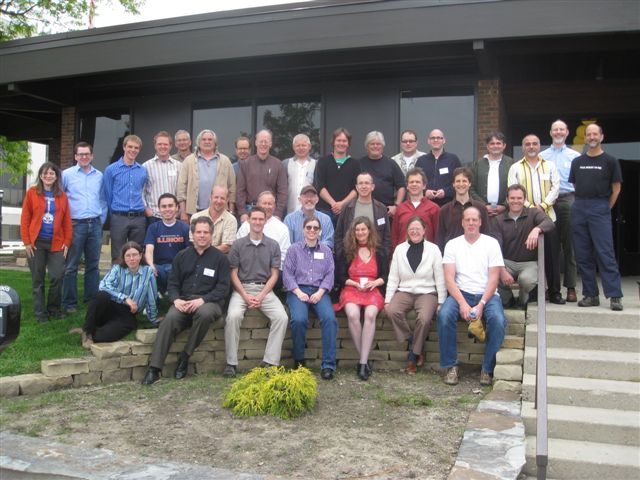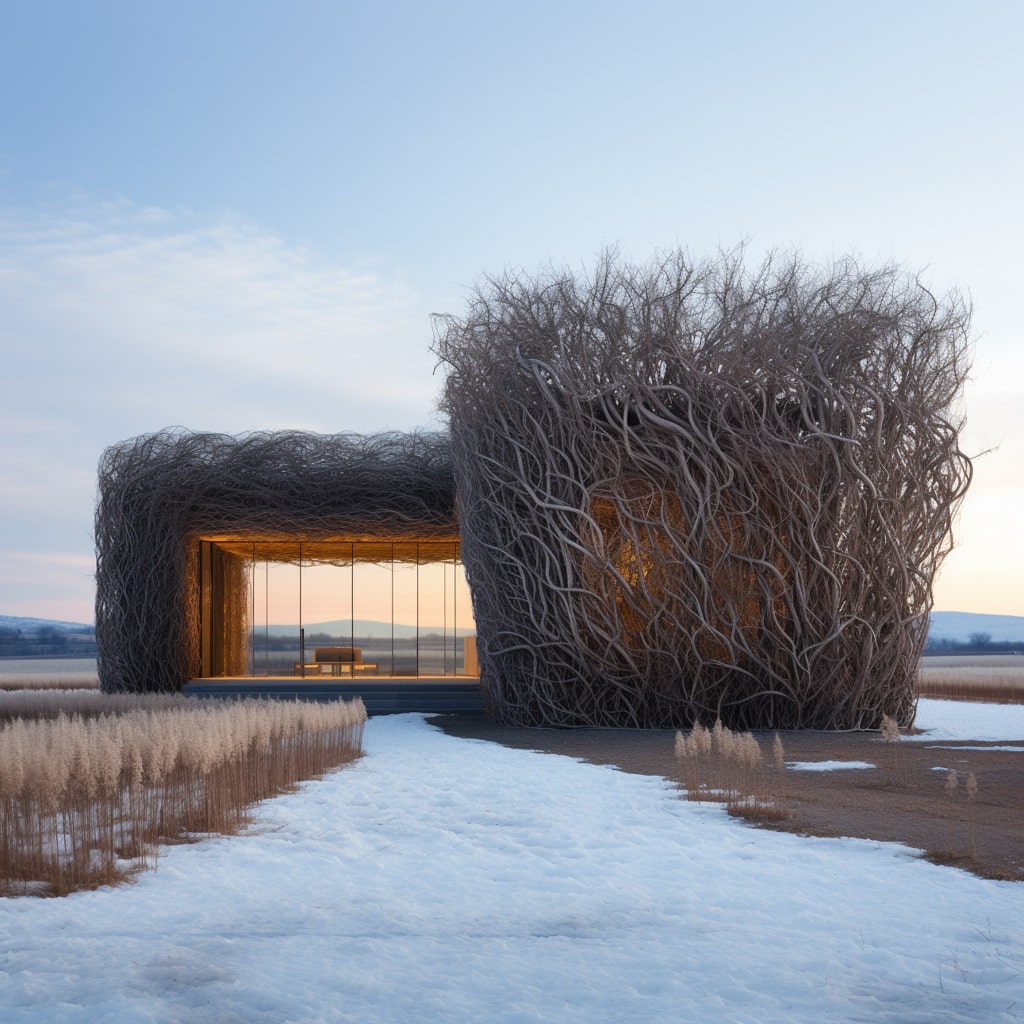
High Performance and Well-Ventilated Buildings
Designing high-performance and well-ventilated buildings is a critical aspect of modern architecture, responding to the growing need for sustainable and healthy living environments. The integration of advanced architectural strategies and innovative technologies plays a pivotal role in achieving buildings that are not only energy-efficient but also provide a comfortable and safe indoor atmosphere.
Understanding the Basics of High-Performance Buildings
High-performance buildings are designed to significantly reduce energy consumption and greenhouse gas emissions compared to standard constructions. These buildings are highly efficient in terms of their use of energy, water, and other resources, while also being durable and providing a comfortable living environment. The design process involves careful consideration of the building’s location, orientation, mechanical system and building components.
The Role of Ventilation in Building Design
Heat Recovery Ventilators (HRV) and Energy Recovery Ventilators (ERV) play pivotal roles in modern building ventilation design, especially in high-performance buildings that aim for energy efficiency without compromising indoor air quality. Both systems are designed to mitigate energy losses while ensuring a constant supply of fresh air, but they operate in slightly different ways and serve distinct purposes based on the building’s environmental context and usage requirements.
Heat Recovery Ventilators (HRV)
HRVs are designed to exchange stale indoor air with fresh outdoor air while conserving the temperature of the indoor environment. This is achieved through a heat exchanger core, where outgoing indoor air heats or cools the incoming outdoor air, depending on the season. This process reduces the energy demand on heating and cooling systems, as the indoor temperature remains more constant.
Winter Operation: In colder climates, the HRV captures heat from the outgoing stale air and transfers it to the cold incoming fresh air, reducing the heating load.
Summer Operation: In some designs, the process can be reversed to cool incoming air, though HRVs are primarily optimized for conserving heat.
Energy Recovery Ventilators (ERV)
ERVs extend the capabilities of HRVs by also transferring moisture along with heat. This makes ERVs particularly useful in climates with extreme seasonal humidity variations—both high and low. By managing the humidity levels of the incoming air, ERVs help maintain comfortable indoor humidity levels, reducing the need for additional humidification or dehumidification.
Humid Climates: In summer, an ERV can remove moisture from the incoming humid outdoor air before it enters the indoor space, making the air easier to cool and more comfortable.
Dry Climates: In winter, ERVs can transfer moisture from the outgoing air to the incoming fresh air, preserving indoor humidity levels and improving comfort.
The integration of HRV and ERV systems into building ventilation design contributes significantly to creating energy-efficient, comfortable, and healthy indoor environments.
Energy Efficiency: By pre-conditioning the incoming air, these systems reduce the load on heating and cooling systems, leading to significant energy savings and reduced greenhouse gas emissions.
Indoor Air Quality: Continuous replacement of stale indoor air with filtered fresh outdoor air improves air quality, which is crucial for occupant health and well-being.
Moisture Control: Particularly with ERVs, the ability to manage the moisture content of incoming air helps in preventing the growth of mold and mildew, contributing to a healthier indoor environment.
Versatility: HRV and ERV systems can be adapted to various climates and building types, making them versatile components of modern ventilation strategies.
Integrating Sustainable Technologies
The adoption of sustainable technologies is key to achieving high-performance and well-ventilated buildings. Renewable energy sources, such as solar panels and wind turbines, can be incorporated to generate electricity. Energy-efficient appliances and lighting systems, along with smart controls, can significantly reduce electricity consumption. Moreover, innovative materials with high thermal insulation properties can help maintain the desired indoor temperature, reducing the need for heating and cooling.
Design Strategies for Optimal Performance
Site and Orientation: The building’s orientation should be optimized to take advantage of solar gain in the winter and minimize heat absorption in the summer. Strategic placement of windows, shades, and reflective surfaces can further enhance energy efficiency.
Thermal Mass, Insulation and air tightness : Thermal mass, insulation, and air-tight construction form the cornerstone of energy-efficient building design, each playing a unique role in regulating indoor temperatures and reducing energy consumption. Thermal mass refers to the ability of materials within a building to absorb, store, and later release heat, acting as a natural regulator of temperature fluctuations. This property helps to keep buildings cooler in the summer and warmer in the winter, minimizing the need for mechanical heating and cooling. Insulation is essential in preventing unwanted heat transfer between the inside and outside of a building. By effectively trapping air, high-quality insulation reduces the rate at which heat escapes in the winter and enters in the summer, leading to significant energy savings. Air-tight construction complements these strategies by eliminating drafts and minimizing air leakage, further insulating the building and ensuring that the benefits of thermal mass and insulation are not undermined by cold spots or unnecessary energy loss. Together, these elements contribute to a sustainable, comfortable, and cost-effective living or working environment, highlighting the importance of thoughtful design and construction practices in modern architecture.
Water Management: Efficient water management systems, including rainwater harvesting and greywater recycling, can further enhance the building’s sustainability.
Challenges and Future Directions
While the benefits of high-performance and well-ventilated buildings are clear, several challenges remain, including higher initial costs, regulatory hurdles, and the need for specialized knowledge in sustainable design. However, as technology advances and awareness of environmental issues grows, these buildings are becoming increasingly feasible and popular.
Future developments in materials science, digital modeling, and smart technologies are expected to offer new opportunities for optimizing building performance. The integration of artificial intelligence and the Internet of Things (IoT) in building management systems could lead to even more efficient and adaptive environments.
Designing high-performance and well-ventilated buildings is a complex but rewarding endeavor that requires a holistic approach to architecture and engineering. By focusing on sustainable design principles and integrating advanced technologies, architects and builders can create buildings that not only reduce environmental impact but also offer superior comfort and health benefits for occupants. As the world continues to grapple with climate change and resource scarcity, the importance of such buildings will only continue to grow.




